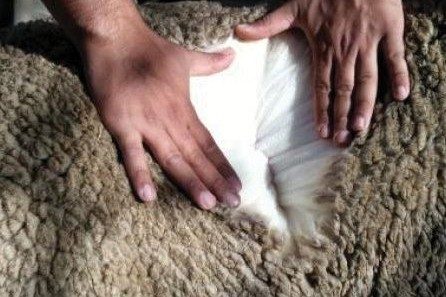Wool-synthetic study in the home
What impact could the materials we use in interior furnishings and bedding have on the microbiome of our home? Campaign For Wool New Zealand (CFWNZ) has partnered with AgResearch to learn more.

WHAT IMPACT COULD THE MATERIALS we use in interior furnishings and bedding have on the microbiome of our home? Campaign For Wool New Zealand (CFWNZ) has partnered with AgResearch to learn more.
The study – the first of its type – will assess the microbiome within commonly found materials in the home, such as wool and polyester.
Microbiome refers to a group of microorganisms in a specific environment, which can include bacteria, viruses, fungi and other single-celled organisms. The hypothesis for the research is that the stark compositional differences between wool and synthetics give rise to a different microbiome.
The study will involve the analysis of wool-filled and synthetic fibre-filled pillows, along with wool and synthetic carpet.
Campaign For Wool is a global initiative highlighting wool as an eco-friendly, comfortable, fashionable and durable fibre, and a preferred alternative to cheaper and more disposable options.
It’s the first time CFWNZ have collaborated with AgResearch on a project involving NZ strong wool.
AgResearch Senior Scientist Dr Sonya Scott says with funding support from industry and government, they are able to carry out novel research that may generate new knowledge around what a natural fibre like wool can offer.
They are able to explore what difference there may be between use of wool and synthetics when it comes to the billions of microorganisms that exist in homes.
“We hypothesise that different types of fibre around the home will alter what microbes are present.”
She says they do not know if this could have health implications, and the first step is to measure any differences.




